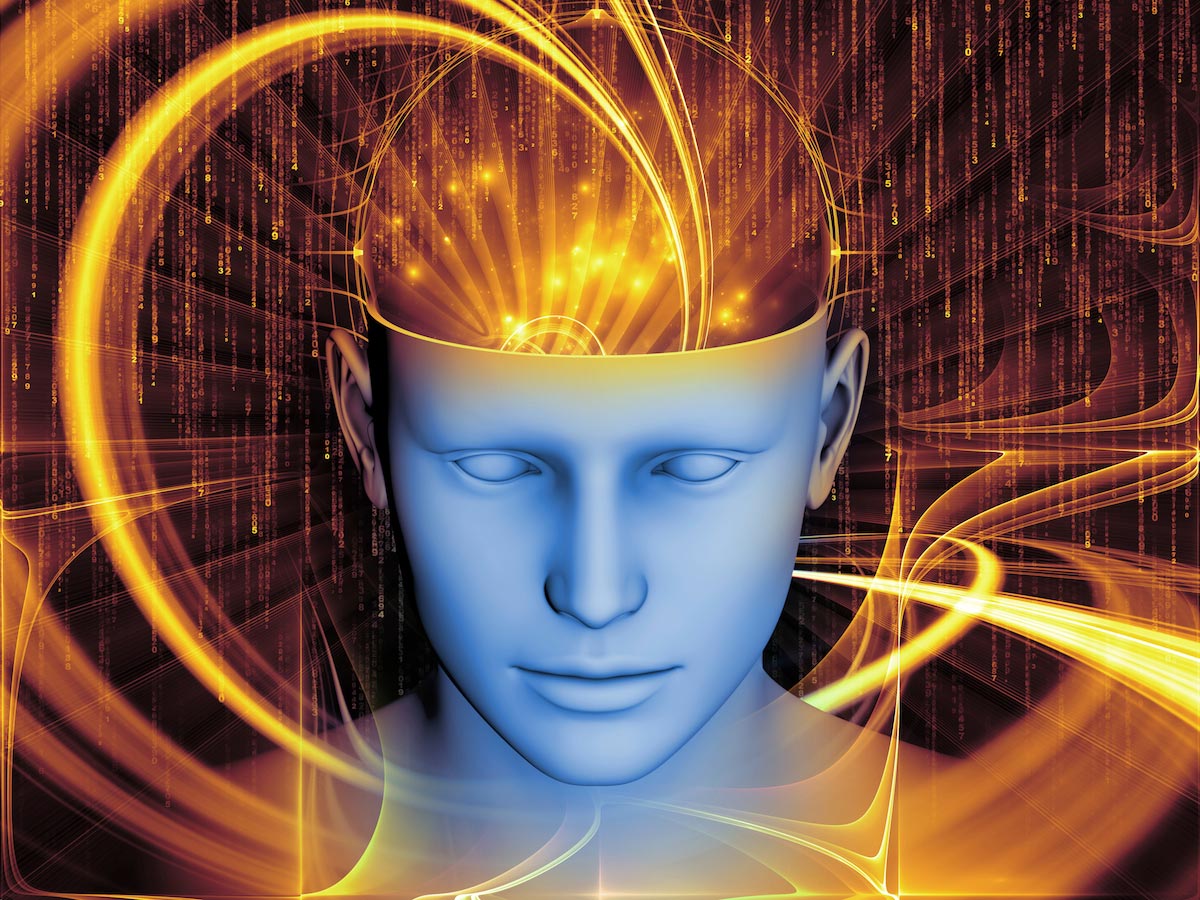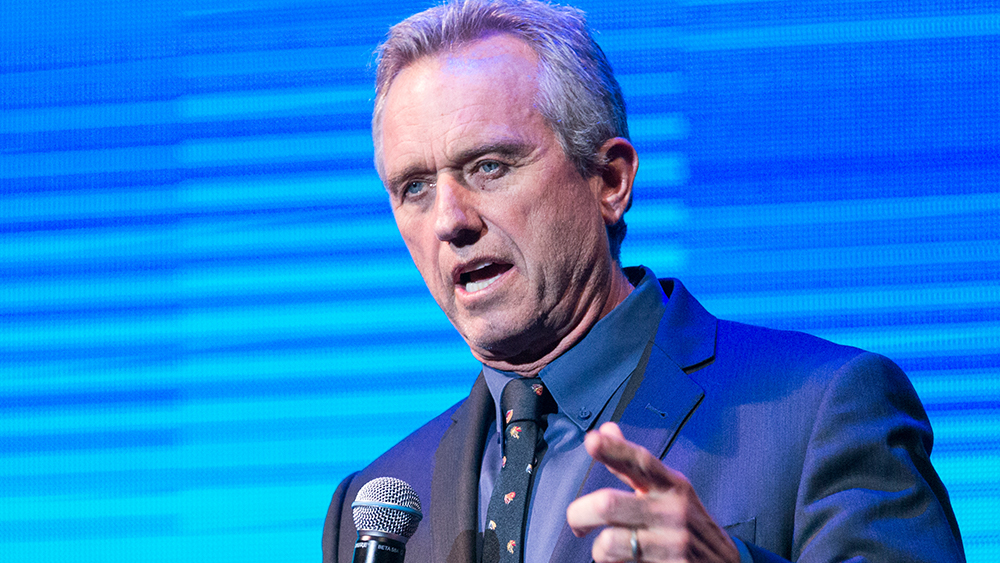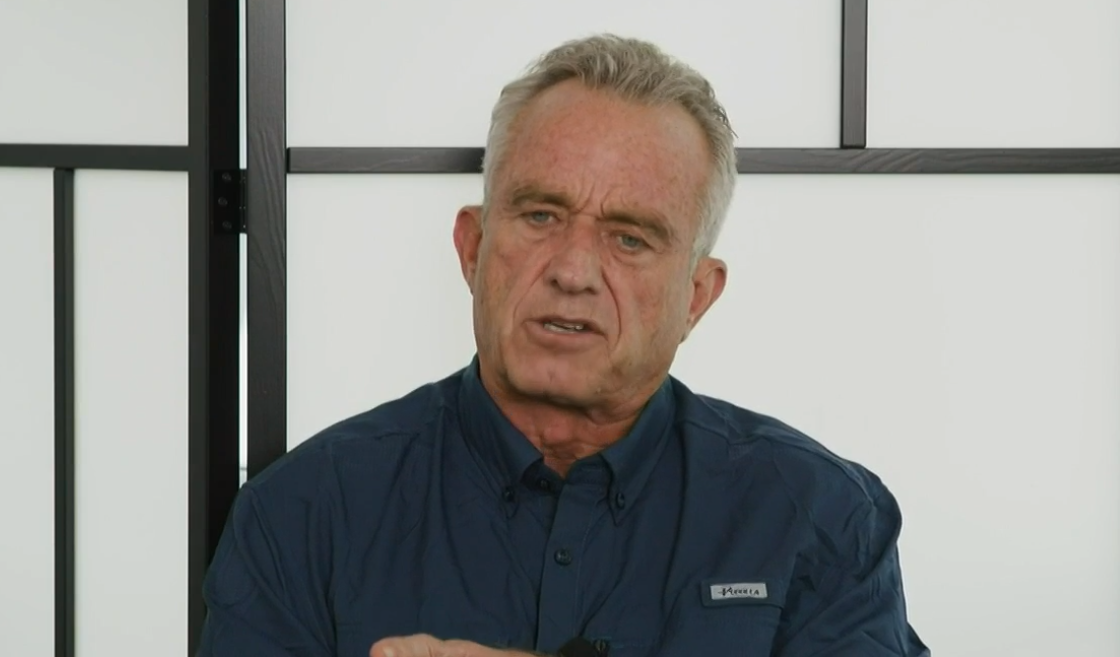Paul R. Lawrence and Nitin Nohria's "Driven" expounds on the four drives that shape humanity's choices
- In "Driven: How Human Nature Shapes Our Choices," Paul R. Lawrence and Nitin Nohria propose that human actions are driven by four subconscious forces that influence personal and professional decisions.
- The drive to acquire motivates competition and achievement, but can lead to greed or dissatisfaction if unchecked as it thrives on social comparison rather than mere necessity.
- Humans inherently seek meaningful connections; strong relationships foster happiness, while loneliness causes distress. The drive to bond prioritizes cooperation over individualism.
- The drive to learn fuels curiosity and innovation, while the drive to defend protects safety and traditions. Imbalances (e.g., resisting change) can hinder growth.
- The drives often conflict (e.g., acquiring vs. bonding), and fulfillment requires harmony. Examples like General Motors (overemphasized acquisition) and Hewlett-Packard (balanced all drives) highlight the theory's practical implications for businesses and personal lives.
In "
Driven: How Human Nature Shapes Our Choices," authors Paul R. Lawrence and Nitin Nohria present a compelling framework for understanding human behavior. They argue that four innate, subconscious drives shape everything we do – from our daily decisions to our long-term ambitions.
These drives – to acquire, bond, learn and defend – are fundamental to human nature and influence our personal and professional lives. By examining these forces, the book provides insights into why we act the way we do and how we can achieve a more balanced and fulfilling life.
The drive to acquire compels us to seek, control and retain objects and experiences we value. This includes material possessions, social status, and personal achievements. It fuels ambition, competition and the pursuit of success.
However, this drive has a downside. When unchecked, it can lead to greed, materialism and dissatisfaction. Unlike basic survival instincts, the drive to acquire is not just about meeting needs but about improving our standing relative to others. It explains why people constantly compare themselves to peers and strive for more, even when they have enough.
Humans are inherently social beings, and
the drive to bond explains our need for meaningful relationships. This drive motivates us to form long-term connections, whether in friendships, family or romantic partnerships. It fosters love, trust, and a sense of belonging.
The absence of strong bonds can lead to loneliness and emotional distress, highlighting how crucial this drive is for well-being. Unlike the drive to acquire, which can be individualistic, the drive to bond emphasizes mutual care and cooperation – reinforcing the importance of community in human life.
Curiosity and the pursuit of knowledge stem from
the drive to learn. This drive pushes us to explore, ask questions,and seek understanding. It is the foundation of innovation, creativity and intellectual growth.
From childhood curiosity to lifelong learning, this drive shapes education, science and culture. When stifled, people may feel unfulfilled or stagnant. Societies that encourage learning tend to thrive, demonstrating how this drive fuels progress.
The drive to defend is our instinct to protect ourselves, our loved ones and our beliefs. It encompasses physical safety, emotional security and the preservation of values. This drive explains why people resist change when they feel threatened and why they fight for justice.
While essential for survival, an overactive drive to defend can lead to fear, aggression, or resistance to new ideas. Balancing this drive with openness to change is key to personal and societal growth.
These four drives do not operate in isolation; they interact in complex ways. Sometimes they reinforce each other, but often they conflict:
- Acquire vs. bond: Pursuing wealth or power can strain relationships if personal success comes at the expense of family or friendships.
- Learn vs. defend: Embracing new knowledge may clash with the desire to maintain tradition or security.
Achieving balance is crucial. A fulfilling life requires satisfying all four drives without letting one dominate the others.
The book contrasts General Motors (GM) and Hewlett-Packard (HP) to illustrate the consequences of imbalanced drives.
- GM's downfall: GM prioritized the drive to acquire – focusing on profits and market dominance – while neglecting employee well-being and innovation. This imbalance contributed to its decline.
- HP's success: HP fostered a culture that balanced all four drives – encouraging innovation (learn), teamwork (bond), employee satisfaction (defend) and profitability (acquire). This approach helped sustain its success.
The four-drive theory challenges traditional views of humans as purely rational or self-interested. Instead, it acknowledges the complexity of our motivations.
By recognizing these drives, we can better understand our actions, improve decision-making and create more harmonious personal and professional lives.
Ultimately, "Driven" offers a powerful lens through which to view human nature, emphasizing that true fulfillment comes from balancing these fundamental forces. Whether in business, relationships or personal growth, aligning these drives leads to a more meaningful and successful existence.
Watch this video about
the book "Driven: How Human Nature Shapes Our Choices" by Paul R. Lawrence and Nitin Nohria.
This video is from the
BrightLearn channel on Brighteon.com.
Sources include:
Brighteon.ai
Brighteon.com
 Parler
Parler Gab
Gab










